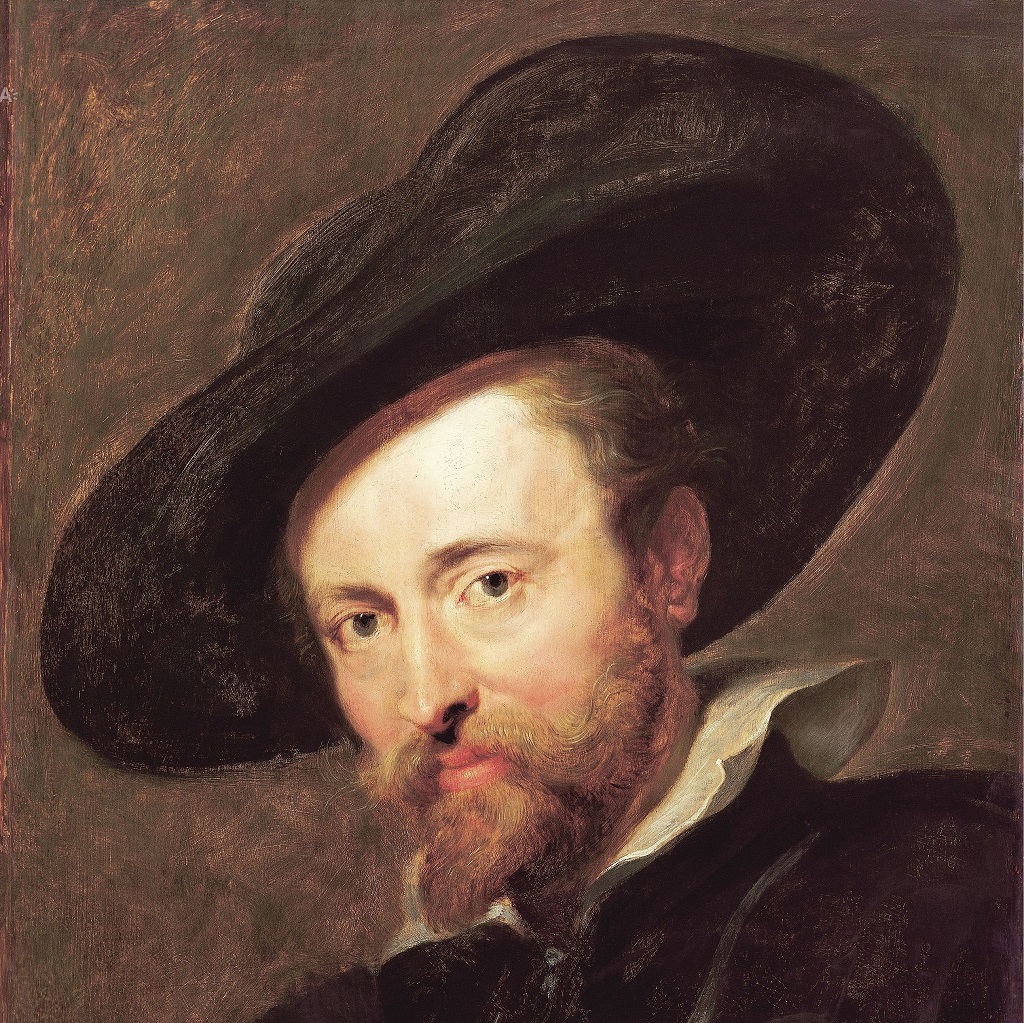Exhibitions - Archives
2004 - Rubens, no stranger to the world
March 6 - September 12, 2004
Rubens is omnipresent in the monumental, historical churches of Antwerp. For the first time, the churches of SaintThis is a title that the Church bestows on a deceased person who has lived a particularly righteous and faithful life. In the Roman Catholic and Orthodox Church, saints may be venerated (not worshipped). Several saints are also martyrs. Charles Borromeo, Saint James, Saint PaulOriginally, he was called Saul, he was a Jew with Roman citizenship and a persecutor of Christians in the period shortly after the death of Jesus. After his conversion, he became the main gospel spreader in what is now Turkey and Greece. He wrote letters to keep in touch with the Christian communities he had founded, and these texts are the oldest ones in the New Testament. Although he never met Jesus, he is called an “apostle”. and Our Lady’s CathedralThe main church of a diocese, where the bishop’s seat is. present themselves to the public together. In these four religious places, Rubens allows himself to be admired with many of his most famous works of art in the surroundings for which they were intended. In each church, Rubens presents himself with a different facet of his personality under the motto “Rubens, no stranger to the world”:
Our Lady’s Cathedral: Rubens, icon of Antwerp. ==> The panel texts displayed in the cathedral.
Saint Charles Borromeo’s Church: Rubens, project manager. ==> The panel texts displayed in the Saint-Charles Borromeo’s church.
Saint James’s Church: Rubens, family man. ==> The panel texts displayed in the Saint James’ church.
Saint Paul’s Church: Rubens, colleague. ==> The panel texts displayed in the Saint Paul’s Church.
Also visit the website of the Rubenianum, research institute for Flemish art of the 16th and 17th centuries.

